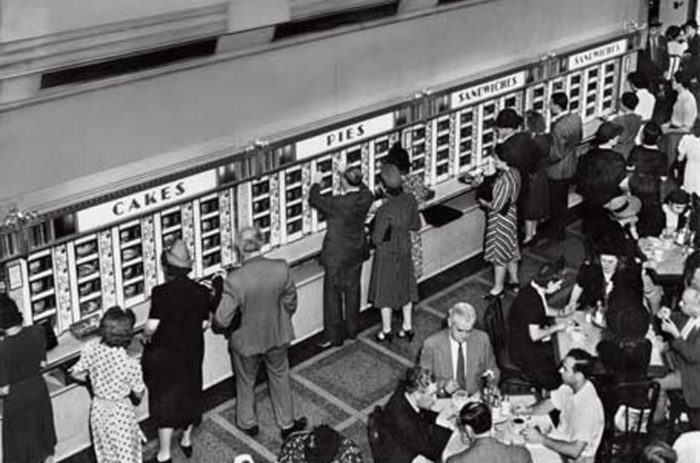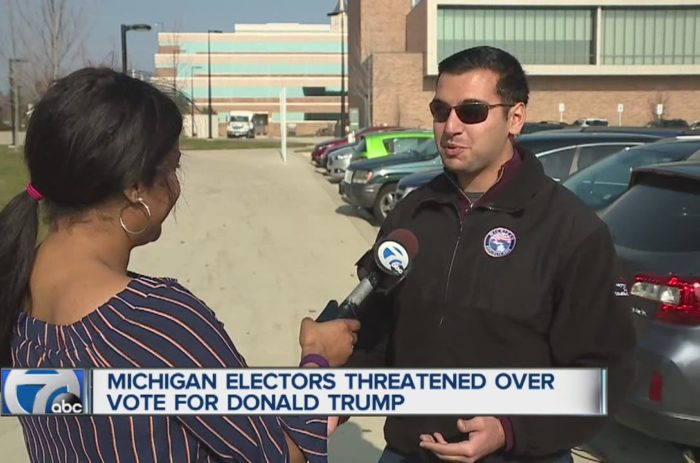The following is an excerpt from OpinionJournal.com’s “Best of the Web” written by the editor, James Taranto.
ObamaCare’s Missing 3.2 Million
The Rand Corp. is out with a new study titled “Changes in Health Insurance Enrollment Since 2013,” and ObamaCare cheerleaders like Michael Hiltzik of the Los Angeles Times are dancing for joy. “At least 9.3 million more Americans have health insurance now than in September 2013, virtually all of them as a result of the law,” Hiltzik crows.
“At least” is misleading. The Rand study extrapolates from a survey of 2,425 nonelderly adults, and the margin of error for the 9.3 million figure is plus or minus 3.5 million, with a 95% confidence interval. Thus it would be more precise to say that Rand estimates the number of uninsured Americans has declined by between 5.8 million and 12.8 million, with only a 1 in 20 chance that the actual number is outside this range.
Of greater interest are Rand’s estimates of how many people got insurance from which sources. The second biggest source, with a net gain of 5.9 million enrollees, was Medicaid–which is unsurprising, since ObamaCare expanded that program and it is free to recipients.
But according to Rand’s estimate, only 3.9 million have insurance through the ObamaCare exchanges–3.2 million fewer than the 7.1 million “signups” President Obama last week claimed, drawing credulous cheers from the likes of Hiltzik. True, some of the gap is explained by the survey’s timing: “Our data were collected through March 28,” Rand explains, but most participants “responded earlier in the month, and some may have made new insurance choices since participating in our survey.”
ObamaCare open enrollment ended March 31, so no doubt there is something to that. The Rand authors accept the administration’s claims of a March “surge” in enrollment. But 3.2 million in a matter of a few weeks would be quite a surge. The disparity between Rand’s figure and the administration’s gives reason to suspect that the latter is inflated. And Rand estimates only 1.4 million of the previously uninsured got coverage through the marketplace.
What is a bit of a surprise is that the biggest growth category was employer-sponsored insurance–Rand abbreviates it ESI–which showed an estimated increase of 8.2 million. (Declines of 1.6 million in the nonexchange individual market and 7.1 million in “other” offset some of the increases, for a net gain of 9.3 million.)
“Some of these newly insured individuals may have taken up an employer plan as a result of the incentive created by the individual mandate; others may have newly found a job,” explains the Rand study. Another possibility is that some workers brought spouses onto employer plans because ObamaCare made the alternatives less attractive than they were before.
Hiltzik crows about the growth in ESI, too: “The figure certainly undermines the contention by the healthcare law’s critics that the legislation gave employers an incentive to drop coverage.” Not necessarily. As HotAir.com’s “AllahPundit” notes, the Rand study shows “there are actually more people who had insurance through work last year and now have no insurance at all (2.1 million) than there are people who had no insurance last year and now have it through the exchanges (1.4 million).”
Further, ObamaCare supporters have argued that the law will help break the tie between employment and medical insurance, and they think that’s a good thing. As we wrote March 27, we’re dubious about the former contention, and the Rand findings reinforce our skepticism. It’s much easier and less painful to opt in to an employer plan and have premium payments deducted from one’s paycheck than it is to buy a policy on the exchange and write a check every month.
The Rand study suggests that ObamaCare’s greatest incentive effect–a function of both the mandate tax and the unattractiveness of individual plans–is to nudge employees to opt in to workplace plans. As for the incentives on employers, they go in both directions. But the law’s main disincentive for ESI–the so-called Cadillac tax on expensive plans–doesn’t take effect until 2018.
As for the individual marketplace, its viability is questionable even if the administration’s overall enrollment figures turn out not to be wildly inflated. Because of price controls–a k a the ban on considering “pre-existing conditions” and limits on accounting for age in setting premiums–the exchanges depend on enrolling a substantial proportion of young, healthy people paying inflated premiums.
Preliminary data showed early enrollments skewing much older than the administration had hoped. And while no data are collected on enrollees’ health status, a new study shows, as theNew York Times reports, that “people who signed up early for insurance through the new marketplaces were more likely to be prescribed drugs to treat pain, depression and H.I.V.”:
The study, to be released Wednesday by the major pharmacy-benefits managerExpress Scripts, suggests that early enrollees face more serious health problems and are older than those covered by their employers. The study also showed a higher use of specialty drugs, which are often used to treat diseases like cancer and rheumatoid arthritis; the use of such drugs could hint at more costly medical problems.
The Times notes that “insurers have said anecdotally that those who signed up later tended to be younger and were presumably healthier.” That’s called regression to the mean. The question is whether it’s close enough to the mean to stave off big premium increases for 2015. If not, marketplace policies will become even more unattractive, and those with employer-sponsored plans will guard them ever more jealously.
For more “Best of the Web” click here and look for the “Best of the Web Today” link in the middle column below “Today’s Columnists.”



